Table of content
Spring marks a season of renewal, as nature awakens from winter’s slumber with blooming flowers, warmer temperatures, and longer days. For many, this transition inspires a focus on health and wellness, prompting questions about how dietary choices can align with the body’s needs during this time. One such query revolves around the consumption of Schisandra chinensis, a vibrant red berry native to East Asia, often brewed into a tea. Known in traditional Chinese medicine as “wu wei zi” (five-flavor fruit), Schisandra is celebrated for its unique taste profile—sweet, sour, salty, bitter, and pungent—and its purported health benefits. But is drinking Schisandra tea a wise choice during spring? This article explores the scientific evidence, cultural context, and practical considerations surrounding this ancient remedy to help you make an informed decision.
Understanding Schisandra: A Brief Overview
Schisandra (Schisandra chinensis) is a woody vine native to forests in China, Russia, and Korea. Its berries, which resemble small clusters of grapes, have been used for centuries in traditional medicine systems to address a range of ailments, from fatigue and insomnia to respiratory issues and liver problems. The plant’s adaptogenic properties—its ability to help the body resist stressors—have garnered modern attention, with studies suggesting it may support adrenal function, cognitive performance, and immune resilience.
Chemically, Schisandra berries are rich in lignans, a group of compounds with antioxidant and anti-inflammatory effects. These include schisandrin, schisandrol, and gomisin, which are believed to contribute to the fruit’s therapeutic potential. Additionally, Schisandra contains vitamins C and E, essential minerals like magnesium and iron, and trace amounts of amino acids, making it a nutrient-dense addition to one’s diet.
Nutritional Profile of Schisandra Berries
Before delving into the seasonal relevance of Schisandra tea, it’s essential to understand its nutritional composition. A 100-gram serving of dried Schisandra berries provides approximately:
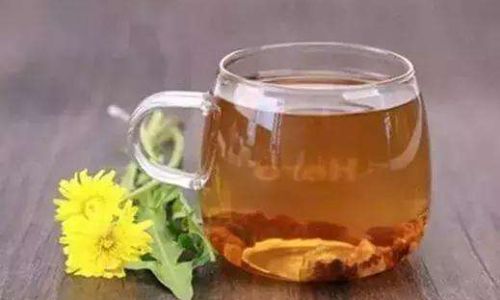
- Calories: 170–200 kcal
- Carbohydrates: 40–45g (including dietary fiber)
- Protein: 5–7g
- Fat: 2–3g
- Vitamin C: 30–50mg (50–83% of the recommended daily intake)
- Vitamin E: 3–5mg (20–33% of the recommended daily intake)
- Iron: 3–5mg (17–28% of the recommended daily intake)
- Magnesium: 50–70mg (12–17% of the recommended daily intake)
These nutrients, combined with its lignan content, position Schisandra as a potential ally in supporting metabolic health, immune function, and cellular repair. However, the berries’ tartness and astringency make them less palatable when eaten raw, which is why brewing them into tea is a popular method of consumption.
Health Benefits of Schisandra Tea
Adaptogenic and Stress-Reducing Effects
Modern life’s demands often leave individuals grappling with chronic stress, which can disrupt cortisol levels, sleep patterns, and energy reserves. Adaptogens like Schisandra are thought to modulate the body’s stress response by balancing hormone production and supporting adrenal gland function. A 2019 study published in the Journal of Ethnopharmacology found that Schisandra extract reduced cortisol levels in rats exposed to chronic stress, suggesting potential benefits for humans managing anxiety or burnout.
In spring, as daylight increases and outdoor activities resume, the body may require additional support to adapt to shifting rhythms. Schisandra tea could offer a gentle, natural way to mitigate stress without the side effects associated with synthetic supplements.
Liver Protection and Detoxification
The liver plays a pivotal role in detoxifying the body, metabolizing nutrients, and filtering toxins. Schisandra has long been used in traditional Chinese medicine to support liver health, and modern research corroborates this use. A 2020 review in Phytotherapy Research highlighted Schisandra’s hepatoprotective effects, noting its ability to reduce liver inflammation, enhance antioxidant defenses, and protect against drug-induced liver injury.
Spring is traditionally associated with “cleansing” in many cultures, making Schisandra tea a fitting beverage for those seeking to support their liver during this seasonal transition.
Immune System Enhancement
Schisandra’s high vitamin C content and antioxidant activity make it a potential immune booster. Vitamin C is critical for white blood cell production and function, while antioxidants combat oxidative stress—a factor linked to chronic inflammation and weakened immunity. A 2018 animal study in Food & Function demonstrated that Schisandra polysaccharides enhanced immune responses in mice, increasing lymphocyte activity and antibody production.
As spring brings fluctuating temperatures and increased exposure to allergens, a strengthened immune system could help ward off seasonal illnesses.
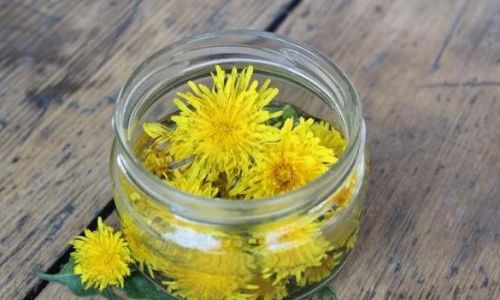
Skin Health and Anti-Aging Properties
The skin, the body’s largest organ, is particularly vulnerable to environmental stressors like UV radiation and pollution. Schisandra’s antioxidants, including lignans and vitamin C, may help neutralize free radicals that contribute to premature aging, such as wrinkles and hyperpigmentation. Additionally, traditional use cases suggest Schisandra improves skin elasticity and hydration, potentially due to its anti-inflammatory effects.
Spring’s arrival often coincides with increased outdoor exposure, making Schisandra tea a complementary beverage for those seeking to protect their skin from sun damage and oxidative stress.
Respiratory Support
In traditional Chinese medicine, Schisandra is prescribed to alleviate coughs, asthma, and respiratory infections. Modern studies, such as a 2017 investigation in The American Journal of Chinese Medicine, have shown that Schisandra extract exhibits anti-inflammatory and bronchodilatory effects in animal models, suggesting it may ease airway constriction and mucus production.
For individuals prone to seasonal allergies or springtime respiratory issues, Schisandra tea could offer symptomatic relief.
Why Spring Might Be the Ideal Time to Consume Schisandra Tea
While Schisandra’s benefits are relevant year-round, spring presents unique contextual reasons to incorporate it into your routine:
-
Seasonal Allergies: As pollen counts rise, allergies like hay fever become prevalent. Schisandra’s anti-inflammatory and immune-modulating effects may help reduce allergic reactions by stabilizing mast cells and inhibiting histamine release.
-
Post-Winter Fatigue: After months of cold weather and reduced sunlight, many experience fatigue or low energy. Schisandra’s adaptogenic properties could combat lethargy by supporting adrenal function and mitochondrial energy production.
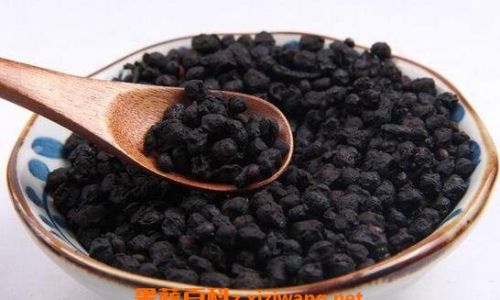
-
Detoxification Needs: Spring cleaning extends beyond homes—it’s also a time to focus on internal detoxification. Schisandra’s liver-supportive effects align with this goal, aiding the body in eliminating accumulated toxins.
-
Mental Clarity: The transition to spring often brings renewed motivation, and Schisandra’s cognitive-enhancing potential—demonstrated in studies showing improved focus and memory in animal models—could amplify productivity.
Potential Risks and Precautions
Despite its benefits, Schisandra tea is not without considerations:
-
Pregnancy and Breastfeeding: Limited safety data exists for Schisandra during pregnancy or lactation. It’s best avoided due to its potential uterotonic effects.
-
Drug Interactions: Schisandra may interact with medications metabolized by the liver, such as warfarin or statins, potentially altering their efficacy. Consult a healthcare provider before combining Schisandra with prescription drugs.
-
Gastrointestinal Upset: High doses may cause nausea, stomach pain, or decreased appetite. Start with small amounts (1–2 grams of dried berries per cup) to assess tolerance.
-
Allergies: Individuals with allergies to other plants in the Schisandraceae family should exercise caution.
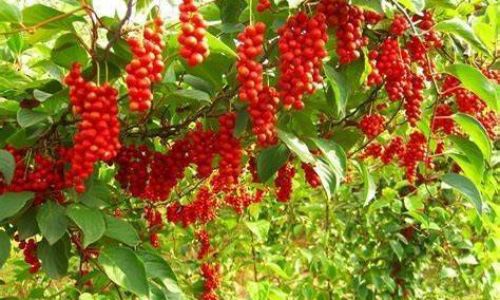
How to Prepare Schisandra Tea
Making Schisandra tea is straightforward, though the process can vary based on desired strength and flavor. Here’s a basic recipe:
Ingredients:
- 1 tablespoon dried Schisandra berries (available at health food stores or online)
- 2 cups water
- Optional additions: honey, lemon, ginger, or mint
Instructions:
- Rinse the berries under cold water to remove debris.
- Place them in a small saucepan with water and bring to a boil.
- Reduce heat and simmer for 15–20 minutes, or until the liquid turns reddish-brown.
- Strain the tea into a mug, discarding the berries.
- Sweeten or flavor as desired.
For a colder beverage, refrigerate the tea and serve over ice. Schisandra’s tartness pairs well with honey’s sweetness or lemon’s acidity, creating a refreshing springtime drink.
Conclusion: Weighing the Pros and Cons
Spring’s arrival invites a reevaluation of health habits, and Schisandra tea emerges as a compelling contender for those seeking natural, multi-beneficial support. Its adaptogenic, liver-protective, and immune-boosting properties align with the season’s demands, offering a holistic approach to wellness. However, caution is warranted for specific populations, and moderation is key to avoiding adverse effects.
Ultimately, whether Schisandra tea is “good” for spring depends on individual health goals, tolerances, and consultations with healthcare providers. As with any herbal remedy, informed and mindful consumption ensures the greatest benefit. So, as you sip your tea amidst blooming cherry trees or sunlit afternoons, raise your cup to the harmony of tradition and science—and the promise of a vibrant, healthy spring.
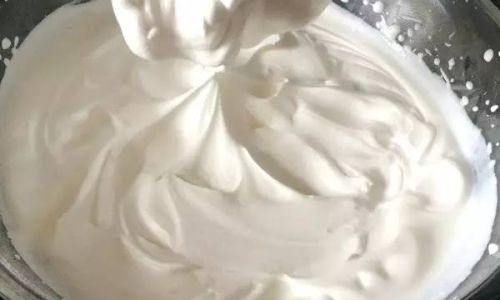
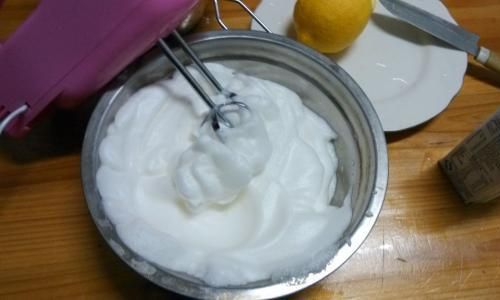

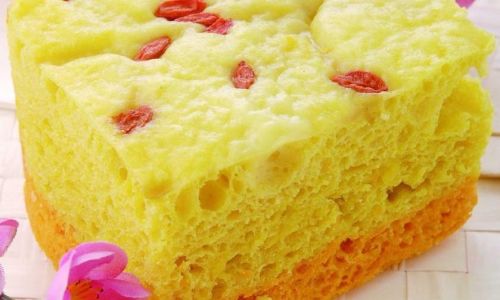
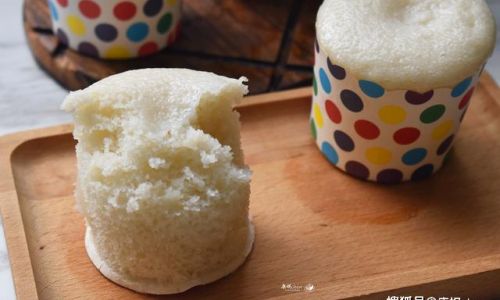
0 comments